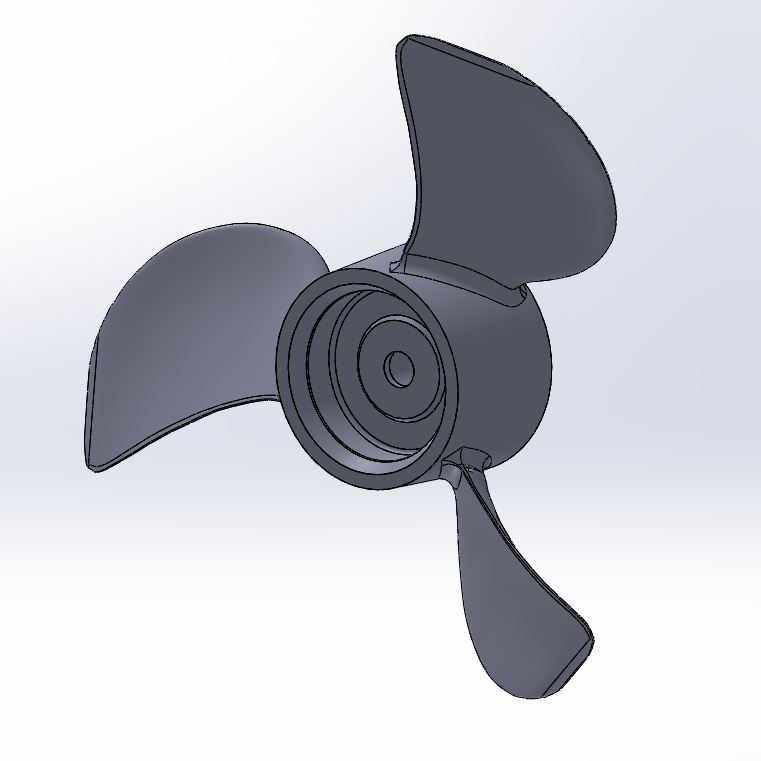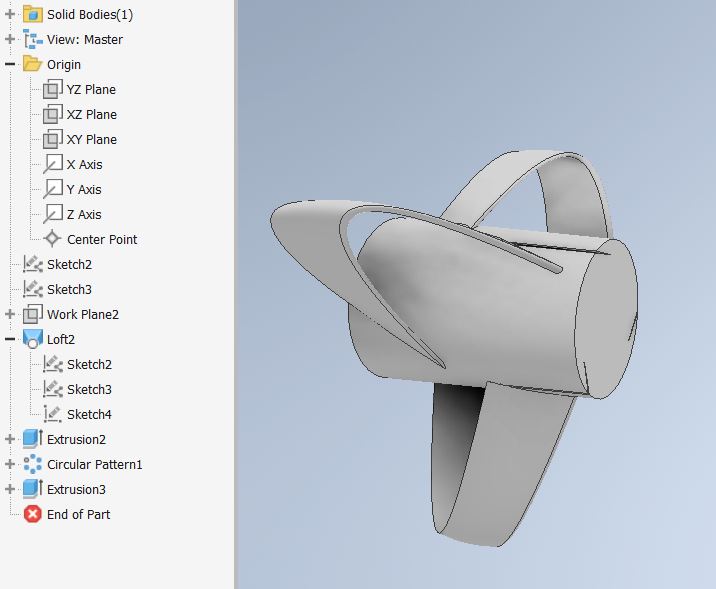Hello founde this metod for strenghtening and smooting any print.
Can this be used for propeller printing.
This metod can be also use for other parts of efoil that need extra strenght and waterproofing.
Just as a X-link on @noahark’s post. Seems important to me because it contains a summary to other props plus adapters from 12mm threaded shaft to 10mm unthreaded Flippsky ones:
Hi gents. Is anyone able to tell me what would be the best prop to use for a PM set up that will be 3d printed? Not looking for too much speed at this stage. Just want to get going. Thanks
With or without duct? with the standard PM duct you can stick to the PM prop as well, you will come up on foil at decent speed. The efficiency is not that good, but for your first sessions (learning!) that’s not an issue.
Without a duct you can go with multiple designs in this topic, I’m flying with my design posted here
Hi Jeroen. I’m thinking a duct is a good idea at least for learning. I imagine I’ll be keen to loose it when I’m confident enough. So I’ll start with the PM. Thanks for the advice. Matt
Another question here, the prop below seems to generate some attention on thingiverse but untill now there is no feedback of someone actually flying it in this topic. Please give your comments, maby we can improve the design.
I came across this radical new prop design…
Reading and watching the video links, the boat version offers a 20% ish increase in efficiency.
“Speed at all RPM’s” improved etc.
Developed originally for quieter drones, it seems radical enough to be considered a breakthrough. It would seem to be a little safer prop design too (for our feet) as it has a “fold back” rather then “knife blade”.
I’d imagined there was a way to get rid of the cavitation (vacuum bubble from the trailing edge at high RPM’s) Greg Sharrow’s design is a reality. Tested and reviewed. “Ya can’t make this stuff up”.
Unfortunately the $2,000 usd price (for my boat) is not sustainable. My suggestion would be to use light weight materials (not SS). Without cavitation (vacuum and ensuing vibration) lighter materials could surely be used. What do you think?
-
The only tests you’ll find are carried by Sharrow Marine themselves with other companies / universities making the reports doubtful to me.
-
This design is protected by lots of different patents. Take care while replicating it, even for hobby grade use. Not sure how they would react if a community start to use it (or a variation of it), even for “non commercial” purpose…
Here are some of these patents :
Patents apply to commercial use. You can design it and print it and use it
Looks interesting , I stared to play.
Then the last post from @Sliman_O came up . Guess I will read a bit before doing more

That’s true, but what about designing it and posting it so that a whole community can use it ?
I was just playing to see how it would be done, I do not have the ability to do the hydrodynamics required.
I don’t think you have anything to be afraid of. What I ment is that Sharrow have put lots of ressources in R&D for this prop. I was also tempted about making a variation of it then read the patents which really covers from A to Z how to make it.
I am no patent expert, maybe can @pacificmeister chime in ? What do you think Merten ? Is it safe to replicate and post it so everybody can benefit from it ? My guess is that it’s still tricky 
Anyone can copy the design of a patented product and share it if they want to. You just can commercialise it. No one can stop a DIY builder doing their thing. If they could, the 3D printing sites like grabcad would be in violation of loads of patents.
Yes! All good, I am not worried about patents, All I was saying is I will read up about the design a bit more. I was just playing as the shape intrigued me as to how it could be achieved. As the propeller is effectively six blades not three I am not sure what the two pitches should be vs the offset between them vs surface area etc. Hydrodynamics is not a subject I can contribute with. All I did was I spend 15 minuets after seeing the post to see how to loft the ~shape. Any suggestions as to the required parameters ? Note I only used 3 sketches but if this was done for real >5 planes & sketches would be required.
In the video I posted you see a drawing of the blade angles
If a lift board costs 12000usd then a prop for 2000usd with 20% higher performance would be an easy spice to a diy build if you’ve got too much cash. It would be great to see it 
What is this?? A concrete mixer?



